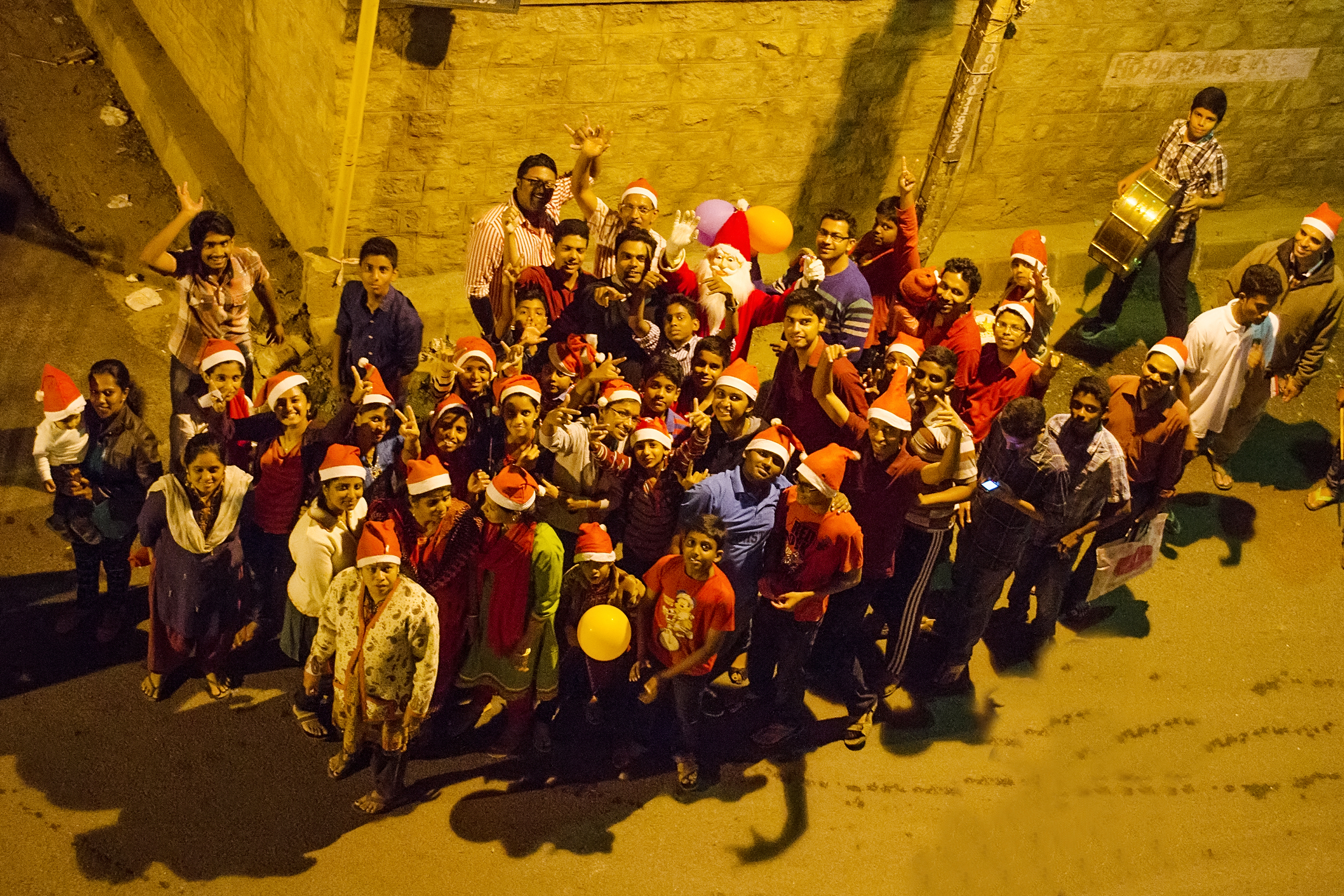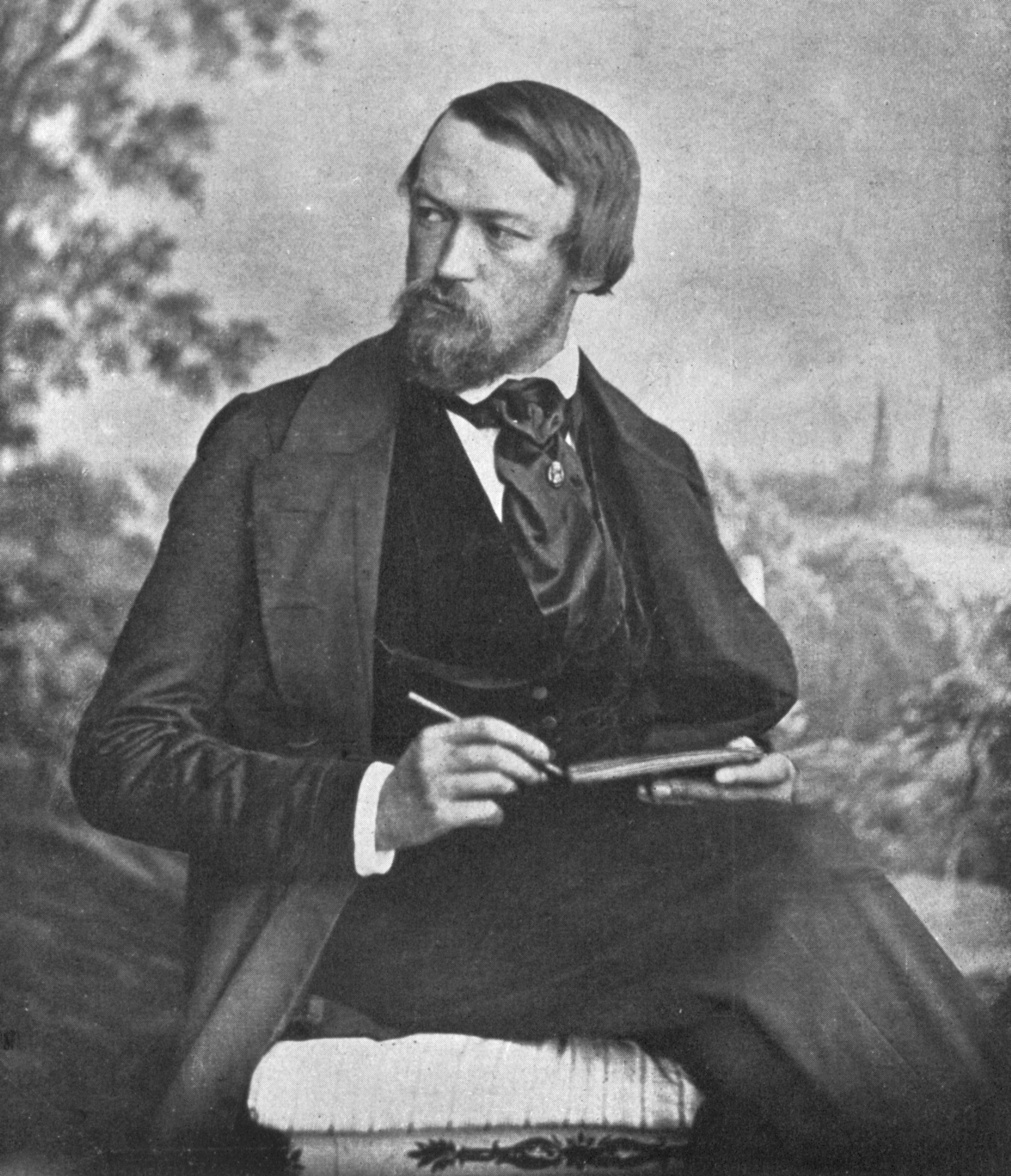|
Alle Jahre Wieder
Alle Jahre wieder (English: "Every year again") is a well-known German Christmas carol. The text was written in 1837 by .Wilhelm Hey: ''Noch funfzig Fabeln für Kinder.'' In Bildern gezeichnet von Otto Speckter. Nebst einem ernsthaften Anhange. Neue Ausgabe. Perthes, Gotha n.d. 877 appendix p. 31Digitalisat. It is usually sung to a melody attributed to Friedrich Silcher, who published it in an 1842 song cycle based on a book of fables by Otto Speckter. Alternative settings stem from the pen of Ernst Anschütz and Christian Heinrich Rinck. The latter's is nowadays more frequently used for one of Hoffmann von Fallersleben's poems, .Franz Xaver Erni, Heinz Alexander Erni: ''Stille Nacht, Heilige Nacht. Die schönsten Weihnachtslieder.'' Herder, Freiburg 2002, , p. 118 f. Lyrics and melody \relative a' \addlyrics See also * List of Christmas carols This list of Christmas carols is organized by country, language or culture of origin. Originally, a "Christmas carol" referre ... [...More Info...] [...Related Items...] OR: [Wikipedia] [Google] [Baidu] |
Christmas Carol
A Christmas carol is a carol (a song or hymn) on the theme of Christmas, traditionally sung at Christmas itself or during the surrounding Christmas holiday season. The term noel has sometimes been used, especially for carols of French origin. Christmas carols may be regarded as a subset of the broader category of Christmas music. History The first known Christmas hymns may be traced to 4th-century Rome. Latin hymns such as Veni redemptor gentium, written by Ambrose, Archbishop of Milan, were austere statements of the theological doctrine of the Incarnation in opposition to Arianism. Corde natus ex Parentis (''Of the Father's heart begotten'') by the Spanish poet Prudentius (d. 413) is still sung in some churches today. In the 9th and 10th centuries, the Christmas sequence (or prose) was introduced in Northern European monasteries, developing under Bernard of Clairvaux into a sequence of rhymed stanzas. In the 12th century the Parisian monk Adam of Saint Victor bega ... [...More Info...] [...Related Items...] OR: [Wikipedia] [Google] [Baidu] |
Friedrich Silcher
Philipp Friedrich Silcher (27 June 1789 in Schnait (today part of Weinstadt) – 26 August 1860 in Tübingen), was a German composer, mainly known for his lieder (songs), and an important Volkslied collector.Luise Marretta-Schär, Silcher, (Philipp) Friedrich in ''New Grove'' Vol. 23 ed. Stanley Sadie, 2nd Ed. (2001) Life Silcher was meant to be a school teacher, but dedicated himself entirely to music in the seminary in Ludwigsburg after he met Carl Maria von Weber. He was taught composition and piano by Conradin Kreutzer and Johann Nepomuk Hummel. In 1817 he was named musical director at the University of Tübingen. He is regarded as one of the most important protagonists of choir singing. He arranged many German Volkslieder and international folk songs that have remained standard repertoire of many choirs in Germany and became an integral part of German daily life. In 1829 Silcher founded the "Akademische Liedertafel" in Tübingen and directed it until his death. He was mar ... [...More Info...] [...Related Items...] OR: [Wikipedia] [Google] [Baidu] |
Otto Speckter
Otto Speckter (9 November 1807, in Hamburg – 29 April 1871, in Hamburg) was a German etcher and illustrator. Life and work He was the son of Johannes Michael Speckter, whose lithographic company he took over in 1834. His brother was the painter, Erwin Speckter. He initially made himself known through lithography, then began illustrating books with arabesques, vignettes and figure drawings. He illustrated ''Luther's Small Catechism'', ''Der Pilgerfahrt der Blumengeister'' (Pilgrimage of the Flower Spirits) by Adolf Böttger, ''Quickborn'' by Klaus Groth, ''Hannchen und die Küchlein'' (Hanna and the Cakes) by Christian August Gottlob Eberhard, ''Hanne Nüte'' by Fritz Reuter, and ''50 Fabeln für Kinder'' (Fifty Fables for Children) by , which was translated into English, by Mary Howitt. as ''Otto Speckter’s Fable Book''. He was one of the founding members of the . He was married to Marie Auguste, née Bergeest (1824-1899). Their son, , also became an illustrator, but ... [...More Info...] [...Related Items...] OR: [Wikipedia] [Google] [Baidu] |
Ernst Anschütz
Ernst Gebhard Salomon Anschütz (28 October 1780 in Goldlauter near Suhl, Electorate of Saxony – 18 December 1861 (other sources: 11 December 1861 by , (Saxonian Biography) ) in ) was a German teacher, organist, , and . He is also known for his account of the death of in 1824 (see: 's play '' |
Fidelio F
''Fidelio'' (; ), originally titled ' (''Leonore, or The Triumph of Marital Love''), Op. 72, is Ludwig van Beethoven's only opera. The German libretto was originally prepared by Joseph Sonnleithner from the French of Jean-Nicolas Bouilly, with the work premiering at Vienna's Theater an der Wien on 20 November 1805. The following year, Stephan von Breuning helped shorten the work from three acts to two. After further work on the libretto by Georg Friedrich Treitschke, a final version was performed at the Kärntnertortheater on 23 May 1814. By convention, both of the first two versions are referred to as ''Leonore''. The libretto, with some spoken dialogue, tells how Leonore, disguised as a prison guard named "Fidelio", rescues her husband Florestan from death in a political prison. Bouilly's scenario fits Beethoven's aesthetic and political outlook: a story of personal sacrifice, heroism, and eventual triumph. With its underlying struggle for liberty and justice mirroring con ... [...More Info...] [...Related Items...] OR: [Wikipedia] [Google] [Baidu] |




